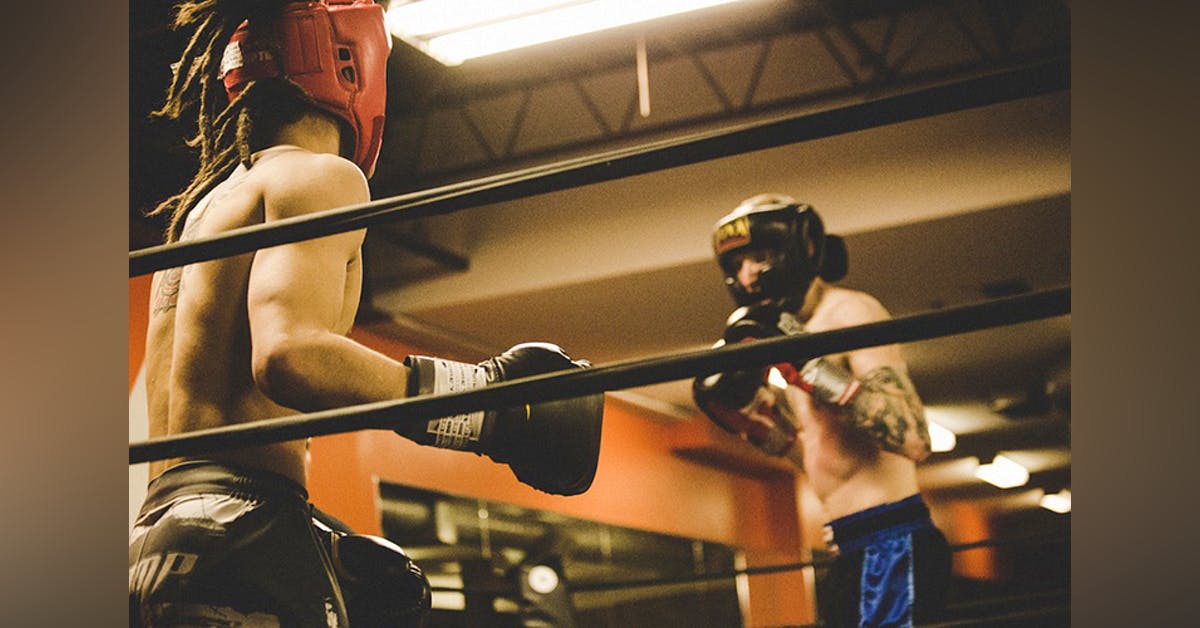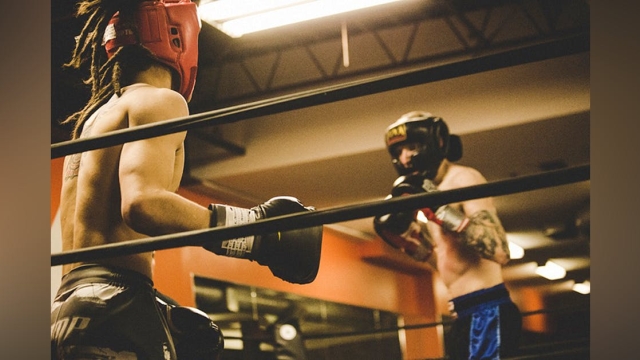Welcome to the ultimate martial arts showdown! In this article, we will delve into the world of Boxing, Muay Thai, Kickboxing, and Jiu Jitsu, exploring the intricacies, techniques, and history behind each discipline. These four martial arts have captivated practitioners and enthusiasts worldwide, each with its unique characteristics and advantages.
Boxing, often called the "sweet science," combines lightning-fast footwork, powerful punches, and remarkable defensive skills. With its origins dating back to ancient times, Boxing has evolved into a sport known for its intense physical conditioning and strategic tactics. The focus here is on delivering precise punches while avoiding incoming strikes, showcasing the art of timing and agility in the boxing ring.
Muay Thai, also known as the "art of eight limbs," originated in Thailand and has gained immense popularity for its explosive techniques. Combining punches, kicks, elbows, and knee strikes, Muay Thai provides a full-body workout while emphasizing devastating strikes. Known for its power, precision, and clinching techniques, it showcases the relentless spirit and warrior mindset of those who practice it.
Kickboxing, a hybrid martial art that combines aspects of Boxing and various martial arts styles, offers a diverse range of striking techniques. Originating from Japan and the United States, Kickboxing entails delivering powerful punches and kicks while maintaining dynamic footwork and defensive skills. It showcases the fusion of different disciplines to produce an intense and exhilarating combat sport.
Jiu Jitsu, a ground-based martial art originating from Japan and later popularized in Brazil, focuses on grappling and submissions. With a strong emphasis on leverage and technique, Jiu Jitsu enables practitioners to overcome larger opponents by utilizing joint locks, chokes, and positional control. Precision and patience are key in this discipline, as it emphasizes the art of submission grappling.
Join us as we explore the techniques, training methods, and fascinating histories of these four martial arts. Whether you're a martial arts enthusiast, a curious beginner, or simply intrigued by the world of combat sports, this article will provide you with insights into the dynamics of Boxing, Muay Thai, Kickboxing, and Jiu Jitsu. Get ready to dive into an exhilarating world where discipline, skill, and determination will be put to the test.
The Art of Striking: Boxing, Muay Thai, and Kickboxing
Boxing, Muay Thai, and Kickboxing are all martial arts disciplines that place a heavy emphasis on striking techniques. In this section, we will explore the unique aspects of each of these arts and how they contribute to the ultimate martial arts showdown.
Starting with boxing, it is renowned for its precise and powerful punches. Boxers train rigorously to master the art of delivering punches with speed, accuracy, and devastating impact. The focus on footwork and head movement adds to their defensive skills, making them elusive targets in the ring. Boxing matches are known for their electrifying displays of strength, technique, and strategic prowess.
Moving on to Muay Thai, this ancient martial art from Thailand incorporates punches, kicks, elbows, and knee strikes. Muay Thai fighters are well-rounded strikers who utilize their entire body as a weapon. The use of clinching techniques allows them to control and overpower their opponents in close range. Muay Thai matches are characterized by their high-paced, action-packed nature, often resulting in thrilling knockouts.
Kickboxing, on the other hand, combines elements of both traditional boxing and various kicking techniques. Kickboxers utilize a wide array of strikes, including punches, kicks, knees, and sometimes even spinning or flying techniques. With a focus on both offense and defense, kickboxing matches showcase an exciting blend of agility, power, and versatility. The use of both hands and feet adds a dynamic element to the striking game.
In summary, the art of striking in boxing, Muay Thai, and kickboxing is a testament to the beauty and effectiveness of the human body's ability to deliver powerful blows. Each martial art brings its unique techniques and strategies to the table, creating a thrilling spectacle when they come together in the ultimate martial arts showdown.
The Art of Grappling: Jiu Jitsu
Understanding the Basics
Jiu Jitsu, also known as Brazilian Jiu Jitsu (BJJ), is a martial art that focuses on grappling and ground fighting techniques. Developed from traditional Japanese Jiu Jitsu, BJJ places a strong emphasis on utilizing leverage and technique to overcome larger opponents. Unlike many other martial arts, Jiu Jitsu does not rely on strikes, but instead emphasizes joint locks and chokeholds to subdue an opponent.
The Power of Technique
In Jiu Jitsu, practitioners learn to use their opponent's strength against them by utilizing leverage and precise technique. By redirecting an opponent's force, Jiu Jitsu practitioners can control and neutralize even the most powerful attacks. This allows smaller individuals to defend themselves effectively against larger, stronger opponents—a hallmark of the art and one of its main appeals.
Beyond Self-Defense
While Jiu Jitsu is highly regarded for its self-defense applications, it has also become a popular sport with its own competitive format. Brazilian Jiu Jitsu tournaments feature matches where participants try to submit each other using a range of techniques. These competitions not only test an individual's skill and knowledge of the art but also provide a platform for personal growth and development within the Jiu Jitsu community.
(End of section 2)
Comparing the Techniques and Philosophies
Boxing, Muay Thai, Kickboxing, and Jiu Jitsu are all unique martial arts disciplines that offer different techniques and philosophies. Let's take a closer look at how they compare:
Boxing:
With its focus on punches, footwork, and head movement, boxing is known for its precision and hand-to-hand combat skills. Boxers rely on their quick reflexes and timing to strike their opponents effectively. The philosophy of boxing lies in the artistry of the sweet science, combining strategy, speed, and strength to outwit and overpower opponents.Muay Thai:
Muay Thai, also known as the "Art of Eight Limbs," incorporates punches, kicks, elbows, and knee strikes. Its techniques involve strong emphasis on clinching and grappling, making it a versatile martial art for both striking and close-quarter combat. Muay Thai's philosophy revolves around discipline, honor, and respect for the art, as practitioners aim to develop their physical and mental strength through rigorous training.
MMA classes near meKickboxing:
Kickboxing combines elements of both boxing and martial arts, allowing the use of punches, kicks, and sometimes knees and elbows. It typically involves wearing gloves and practicing strikes both from a distance and at close range. Kickboxing's philosophy centers around continuous self-improvement and self-defense techniques, promoting discipline, coordination, and agility.Jiu Jitsu:
Jiu Jitsu is a grappling-focused martial art that primarily focuses on ground-fighting techniques. It emphasizes leverage, joint locks, chokes, and positional control to defeat opponents, regardless of their size or strength. Jiu Jitsu's philosophy lies in the concept of using minimal effort and maximum efficiency, relying on technique and leverage rather than brute force.
In conclusion, the techniques and philosophies of boxing, Muay Thai, kickboxing, and Jiu Jitsu offer diverse approaches to martial arts. While boxing emphasizes precise striking, Muay Thai combines various strikes with clinching and grappling techniques. Kickboxing incorporates a mix of punches and kicks, while Jiu Jitsu relies on ground-fighting and leverage. Each discipline has its own unique charm and caters to different individuals seeking specific aspects of combat sports.


